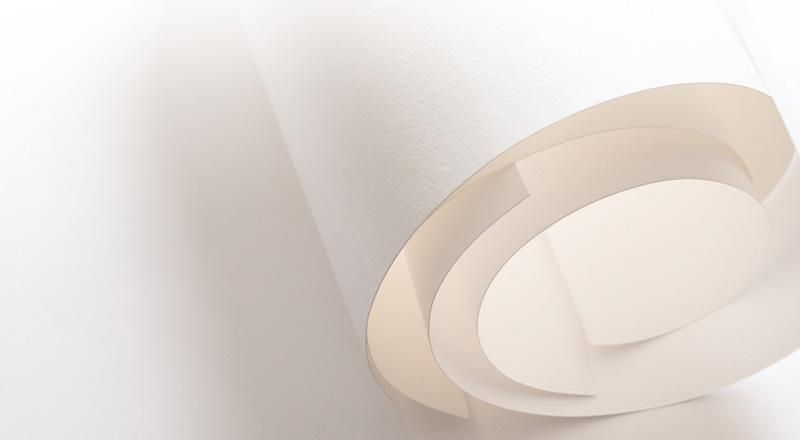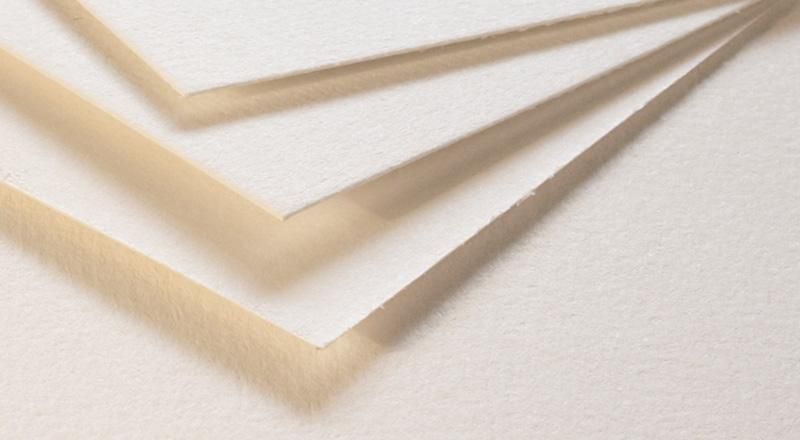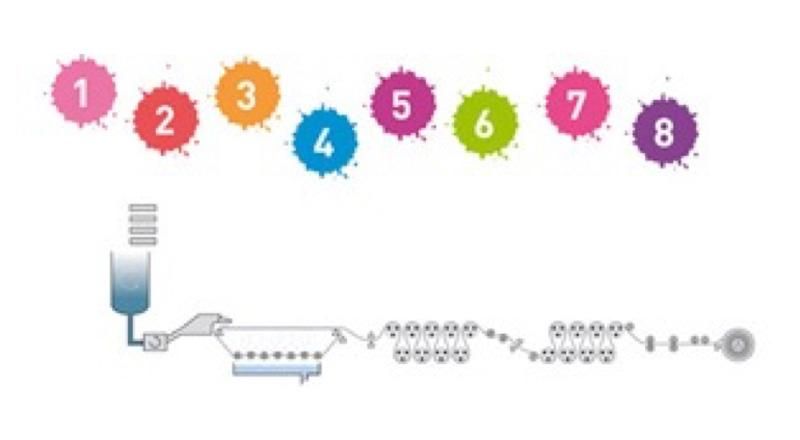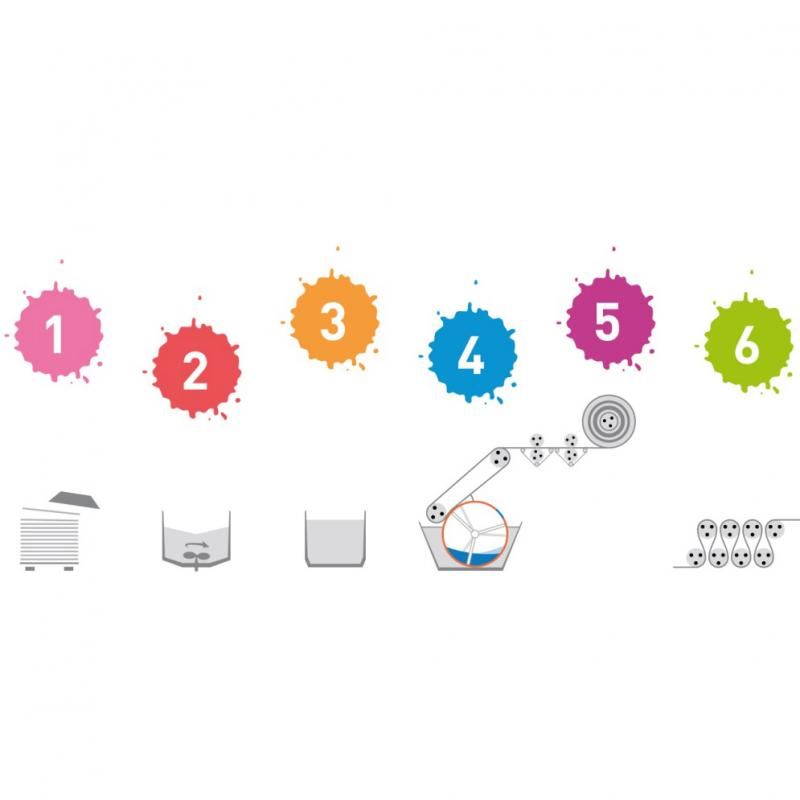Papermaking

Paper is a mat of plant fibres.
The raw material is thus paper pulp, produced from a variety of fibres:
• Wood
• Fibrous plants such as cotton, hemp and flax
• Paper, for recycled paper
• Historically, textiles or rags
Why different types of fibres?
• Cotton, hemp, flax and rag contain very long and solid fibres. They mat better, thus making the paper very sturdy and long wearing.
• Resinous wood has longer fibres than those of deciduous trees.
• Wood fibres from deciduous trees have different structures, but are generally shorter.
Paper recipe
Paper pulp, in the form of sheets, is mixed with water. Then, ingredients are added to the pulp to give the paper the desired qualities for its future use:
1. A small amount of mineral load (chalk, calcium carbonate, etc.) is added to give the paper its opacity and to enable it to keep its shape in all circumstances
2. If required, colouring agents are added to colour the pulp
3. Sizing agents are incorporated into the pulp so that the paper doesn't soak up the liquids (inks or colours). Thanks to this process, the phenomenon of linting if there is any scratching will be reduced.


Papermaking on a fourdrinier papermachine
Paper is most often made on a fourdrinier papermachine. The major stages of papermaking on a fourdrinier are the following:
1. The fibres are mixed with water in a pulper.
2. The fibre mixture is refined, i.e. the fibres undergo a treatment aimed at improving their mechanical characteristics and matting.
3. The mixture, or pulp, is poured onto a continuous moving mesh known as the "forming table". The fibres intertwine on the mesh and form a sheet, once the water has been drained off.
4. The water is progressively removed through gravity, then by suction devices under the mesh. This is the stage when certain sheets are marked, using a roller with a relief pattern which will leave its imprint in the sheet – either in the form of laid lines (laid paper), or designs.
5. The sheet has then lost enough water to be laid on wool felt or synthetic felt, which will give the paper its grain. The paper then goes through presses consisting of steam-heated cylinders (the dryer section) where it will lose more water.
6. In order to improve the surface of the paper, a layer of gelatine is laid on top of the paper by a machine called a "size-press". This coating gives the paper its final surface qualities.
7. The paper goes through another dryer section in order to eliminate more water through contact with steam-heated cylinders.
8. As a last stage, the paper is wound onto a reel called the "mother reel". Depending on the qualities of the paper, its grammage, and the characteristics of the paper machine, the weight of the reel may range from a few hundred kilos to tens of tons!
Traditional papermaking: cylinder mould
Papermaking on a cylinder mould is a highly traditional process, the closest to handmade paper (but without its drawbacks – defects, irregularities, etc.). Its principle has remained unchanged since its creation at the beginning of the 19th century.
There are still paper manufacturers who favour this process and the paper's resistance.
The cylinder mould allows the manufacturing of papers with the following characteristics:
• High resistance, as very long fibres of a higher quality can be used.
• Great uniformity as the forming of the sheets is improved at a slow speed.
• High stability as the fibres are distributed in all directions, thereby improving the stability of the paper when damp.
• Possibility of high grammage.
• Unique range of grains due to the use of natural wool felts.
• Deckle edges or untrimmed edges.
• Exceptional resistance to scratching and erasing when heavily sized with gelatine.

